Introduction
Ah, Knoxville, Tennessee! A city that’s as vibrant as its southern charm. Nestled in the heart of East Tennessee, Knoxville is not just a place; it’s a thriving urban hub with a delightful mix of culture and history. The city proudly stands as the largest in the East Tennessee Grand Division, boasting a population of around 190,740 people as of 2020. But wait, there’s more! Knoxville also serves as the central city of the Knoxville Metropolitan Statistical Area (MSA), which is home to nearly 906,674 residents. Talk about a community that knows how to grow!
So, what exactly is a Metropolitan Statistical Area (MSA)? Great question! An MSA is a geographical region that encompasses a densely populated urban center and its surrounding areas. This designation is crucial for understanding demographics, economics, and urban planning. Think of it as a way to paint a broader picture of how people live, work, and play in a given area. For policymakers, businesses, and researchers, MSAs provide vital data to inform decisions, predict trends, and allocate resources effectively.
In this article, we aim to provide a comprehensive analysis of the Knoxville, TN MSA. We’ll dive into population statistics, demographic trends, economic factors, education systems, and cultural aspects that make this area unique. Whether you’re a longtime resident, a newcomer, or just curious about Knoxville, this guide is designed to inform and entertain. We’ll shine a light on what makes the Knoxville MSA tick, and who knows, you might just find yourself wanting to visit or even relocate to this charming city. So, let’s get the ball rolling!

1. Overview of the Knoxville, TN Metropolitan Statistical Area
1.1 Definition and Location
The Knoxville Metropolitan Statistical Area (MSA) is a fascinating blend of urban and rural life. Geographically, it encompasses several counties, including Knox, Anderson, Blount, Campbell, Grainger, Loudon, Morgan, Roane, and Union. This diverse collection of areas creates a rich tapestry of communities, each with its unique flavor. Knoxville itself acts as the beating heart of this MSA, offering a bustling downtown, a variety of restaurants, and cultural attractions that keep residents and visitors coming back for more.
Positioned within the East Tennessee region, the Knoxville MSA benefits from a prime location surrounded by stunning natural beauty. With the Great Smoky Mountains just a stone’s throw away, outdoor enthusiasts have ample opportunities for hiking, biking, and exploring. Not to mention, the Tennessee River runs through the city, providing picturesque views and recreational activities. To make the most of your outdoor adventures, you might want to grab a Great Smoky Mountains National Park Map. This handy tool will help you navigate trails and find the best spots to enjoy nature!

1.2 Historical Context
Knoxville’s history is as colorful as its people. The city was founded in 1791, thanks to the efforts of James White, who built White’s Fort. This fort served as a vital settlement during the early years, attracting more inhabitants. Fast forward to the Civil War, and Knoxville found itself at the center of conflict, with both Confederate and Union forces vying for control. The city’s strategic location made it a significant military asset.
After the war, Knoxville began its transformation into a bustling industrial center. Factories sprang up, jobs were created, and the population grew significantly. The city’s development was further bolstered by hosting the 1982 World’s Fair, which showcased Knoxville to the world and spurred urban renewal. Today, Knoxville stands as a symbol of resilience and adaptability, having evolved from its historical roots into a vibrant metropolitan area.
With its blend of rich history and modern growth, the Knoxville MSA is a place where the past and present interact in exciting ways. It’s no wonder that this area continues to attract new residents and visitors alike, eager to experience all that it has to offer. If you want to dive deeper into Knoxville’s history, check out “Knoxville: A History of the City” by Mary E. McCarty. It’s a page-turner!
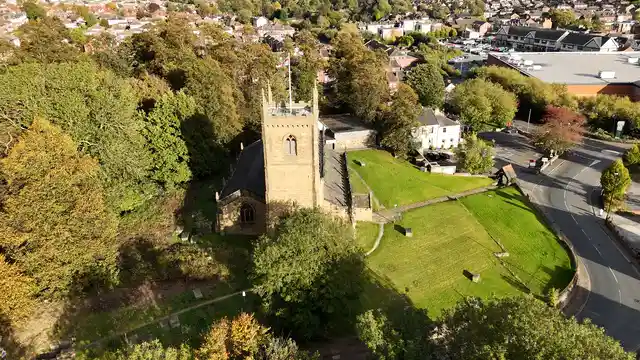
2. Population Statistics
2.1 Current Population Data
The Knoxville, TN Metropolitan Statistical Area (MSA) is bustling with life! As of 2023, the population stands at an impressive 906,674. That’s a lot of vibrant souls sharing the space! If we rewind to the 1990 Census, the number was significantly lower at just 651,618. Fast-forwarding to 2000, it jumped to 748,259, reflecting the area’s growing appeal. By 2010, the population rose to 837,571, and by 2020, it reached 903,322. This upward trend continues to showcase Knoxville’s attraction as a place to live, work, and play.
To understand the broader implications of population trends in urban areas, you might find insights in this comprehensive guide to the Memphis Metropolitan Statistical Area.

2.2 Demographic Breakdown
2.2.1 Gender Distribution
Let’s break it down by gender! In the Knoxville MSA, there are 441,329 males and 461,971 females. That gives us a percentage breakdown of approximately 49% male and 51% female. Who knew the ladies would slightly outnumber the gents? It’s a friendly competition, after all!
2.2.2 Age Structure
When it comes to age, Knoxville boasts a diverse population. Here’s the scoop:
- Children (0-17 years): 186,325
- Working Age (18-64 years): 544,387
- Seniors (65+ years): 172,588
The largest segment belongs to those aged 18-64, making up about 60% of the population. This age group is crucial for the workforce, driving the local economy. Meanwhile, the youthful and elderly populations contribute to the community’s vibrant mix.

2.2.3 Racial and Ethnic Composition
Diversity is a hallmark of Knoxville. The racial composition includes:
- White: 758,657
- Black/African American: 50,044
- Asian: 15,276
- Indigenous: 3,523
- Pacific Islander: 450
- Some other race: 21,546
- Two or more races: 53,804
One noteworthy trend is the growth of the Hispanic or Latino population, which stands at 45,440. This group has been increasing over the years, adding to the rich cultural fabric of the area. Their influence is seen in food, festivals, and community events, showcasing a vibrant cultural exchange.

2.3 Urban vs. Rural Population
Now, let’s tackle the urban versus rural dynamics! In the Knoxville MSA, urban areas house approximately 653,516 residents, while the rural population stands at about 249,784. This urbanization trend shows a clear shift toward city living.
As more people flock to urban centers, Knoxville has seen an uptick in housing developments, services, and amenities. The city’s appeal lies in its mix of metropolitan conveniences and access to nature, thanks to its nearby mountains and rivers. And speaking of nature, if you’re planning to explore the great outdoors, don’t forget to pack your gear! The “Hiking the Smokies: A Guide to the Great Smoky Mountains” is a must-have for any adventurer!
With a growing population and evolving demographics, Knoxville is a dynamic place to call home. Whether you’re a city slicker or a countryside lover, this MSA has something for everyone! The future looks bright for this charming area, filled with opportunities for growth and community.
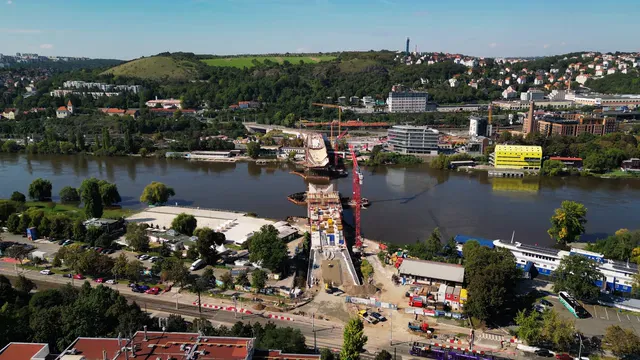
3. Economic Overview
3.1 Economic Profile
The Knoxville, TN Metropolitan Statistical Area (MSA) boasts a diverse economy. Key sectors include manufacturing, healthcare, and education. Manufacturing leads the charge, with companies producing everything from automotive parts to furniture. This sector is a major employment driver, offering a variety of job opportunities.
Healthcare is another significant player. Knoxville is home to several hospitals and healthcare facilities, providing jobs and essential services. The University of Tennessee Medical Center, a major employer, contributes to both health services and education. If you’re looking to cook up some healthy meals at home, consider investing in an Instant Pot Duo 7-in-1 Electric Pressure Cooker. It’s a game changer for quick and delicious meals!
Education also plays a crucial role in the local economy. The University of Tennessee, Knoxville, not only educates thousands but also attracts research funding. It’s a hub for innovation and workforce development. Major employers like the Tennessee Valley Authority (TVA) and Pilot Flying J further bolster the region’s economic landscape, providing thousands of jobs and stabilizing the local economy.
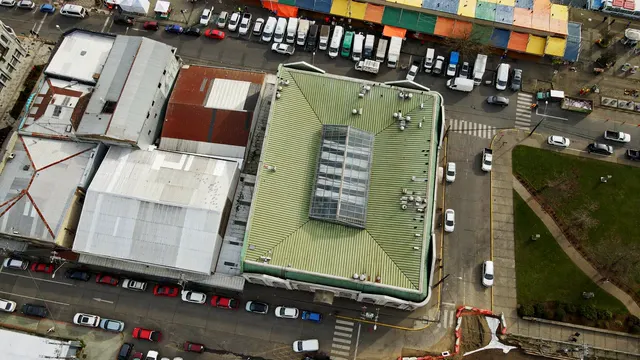
3.2 Employment Statistics
Unemployment rates in the Knoxville MSA have shown resilience. The latest figures hover around 3.5%, consistently lower than national averages. Over the past decade, the area experienced fluctuations, but the overall trend remains positive.
Job growth is also noteworthy. In recent years, industries like technology and healthcare have expanded, resulting in robust employment opportunities. This growth reflects the area’s economic adaptability, helping it withstand challenges like economic downturns and pandemics.

3.3 Cost of Living and Housing Market
When it comes to cost of living, Knoxville is a gem! Compared to other metropolitan areas, it’s quite affordable. The cost of living index sits comfortably below the national average, making it an attractive option for newcomers.
Housing trends reveal a similar story. The median home price in Knoxville is approximately $265,000, significantly lower than the national average. Rental prices are also reasonable, with averages around $1,200 per month for a two-bedroom apartment. This affordability, combined with a vibrant community and amenities, makes the Knoxville MSA an appealing choice for both families and professionals looking for a fresh start.
If you’re an outdoor enthusiast, you may want to consider a reliable Outdoor Research Helium II Jacket. It’s lightweight and perfect for those unpredictable mountain weather days!

3.4 Higher Education Institutions
The Knoxville, TN Metropolitan Statistical Area is home to several prominent higher education institutions. Leading the charge is the University of Tennessee, Knoxville (UTK). This flagship university is not just a pretty campus; it’s a powerhouse of knowledge and research. With over 30,000 students, UTK offers a wide range of undergraduate and graduate programs. Popular fields of study include engineering, business, and the arts. The university’s commitment to innovation and research has earned it a spot among the top public universities in the nation.
In addition to UTK, the Knoxville area boasts several other colleges and universities that contribute to its vibrant educational landscape. Pellissippi State Community College serves as a crucial resource for those seeking affordable education and vocational training. With around 10,000 students, it offers programs in fields such as health sciences, information technology, and more. Pellissippi State is dedicated to helping students transition smoothly into the workforce or transfer to four-year institutions.
Next on the list is South College, which specializes in health sciences and business programs. With a focus on career preparation, it attracts a diverse student body eager to make their mark. The college is known for its smaller class sizes, allowing for personalized attention from faculty.
The Knoxville Institute of Hair Design offers specialized training for those looking to enter the beauty industry. For around 200 students, this institution provides hands-on experience in hairstyling, esthetics, and nail technology.
Together, these institutions create a robust educational ecosystem that not only cultivates academic excellence but also supports the local economy. With a variety of programs and enrollment statistics, they cater to a wide range of interests and career aspirations. And what better way to explore culinary arts than with a copy of “The Complete Cookbook for Young Chefs” by America’s Test Kitchen? Perfect for aspiring cooks!

5. Cultural and Recreational Aspects
5.1 Arts and Culture
Knoxville’s arts scene is a delightful blend of creativity and community spirit. The city is dotted with theaters, galleries, and museums that celebrate both local and national talent. Notable venues include the Tennessee Theatre, a beautifully restored 1920s movie palace that hosts concerts, films, and live performances. It’s the kind of place where you can enjoy a show and feel transported back in time.
The Knoxville Museum of Art offers a peek into the region’s artistic heritage. It features a diverse collection of contemporary art and showcases works from local artists. It’s a must-visit for anyone wanting to soak in the culture while supporting local talent.
And let’s not forget about festivals! The Dogwood Arts Festival is one of the most anticipated events in the area. Every spring, it transforms downtown Knoxville into a vibrant celebration of art, music, and food. Picture this: live performances, stunning art displays, and mouthwatering local cuisine. It’s a feast for the senses and a perfect way to connect with the community. Speaking of food, if you’re looking to elevate your culinary skills, the Southern Living Cookbook is a fantastic resource!
Other significant cultural events include the Rossini Festival, which showcases opera and classical music, and the Kuumba Festival, celebrating African-American culture through music, dance, and art. These events not only highlight Knoxville’s rich cultural diversity but also bring residents together in joyous celebration.

5.2 Outdoor Activities and Parks
Outdoor enthusiasts rejoice! Knoxville’s proximity to the Great Smoky Mountains makes it a haven for adventure seekers. Hiking trails, scenic vistas, and wildlife encounters await just a short drive from the city. Whether you’re an experienced hiker or a casual stroller, there’s something for everyone. To make your hiking experience even better, gear up with a pair of Merrell Moab 2 Hiking Shoes. They’re comfortable and durable, perfect for those long trails!
Locally, Ijams Nature Center offers a unique blend of recreational opportunities. From hiking and biking to paddleboarding on the Tennessee River, this urban oasis is perfect for a day of fun. With miles of trails and beautiful landscapes, it’s an escape from the urban hustle.
Parks like World’s Fair Park and Knoxville Botanical Garden and Arboretum provide serene spaces for picnics, walks, and community events. These parks are not just green spaces; they are the lungs of the city, promoting health and happiness among residents.
Community centers also play a vital role in promoting outdoor activities. They offer sports leagues, fitness classes, and family events, ensuring that there’s always something going on.
With all these cultural and recreational gems, Knoxville truly shines as a place where you can live, learn, and play. The blend of arts, festivals, and outdoor adventures makes it a vibrant community that welcomes everyone with open arms.

6. Transportation and Infrastructure
6.1 Transportation Network
In a bustling metropolitan area like Knoxville, transportation plays a crucial role. Major highways like I-40 and I-75 run through the city, making it easy to access neighboring regions. Whether you’re commuting for work or planning a weekend getaway, these highways have you covered.
Public transportation options are also available, with the Knoxville Area Transit (KAT) system providing bus services throughout the city. It’s an affordable way to navigate without dealing with the hassle of parking. Plus, KAT is working on expanding its services, so keep an eye out for improvements!
For those who prefer two wheels, Knoxville has made strides in promoting cycling. The city boasts several bike lanes and paths, encouraging residents to pedal their way around.
And if you’re flying in or out, McGhee Tyson Airport is just a short drive away. This airport connects Knoxville to major cities across the U.S., making travel a breeze. If you’re planning a camping trip, consider getting a Coleman 2-Person Pop-Up Tent. It’s super easy to set up and perfect for a weekend getaway!
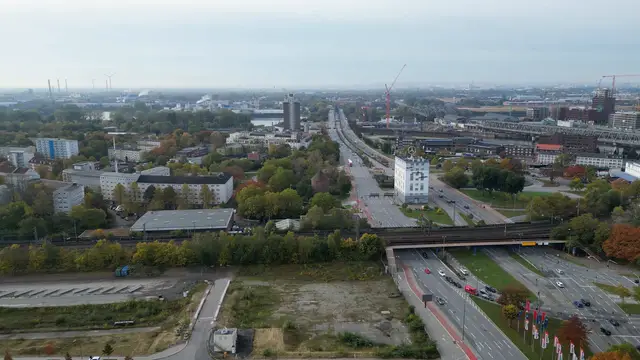
6.2 Connectivity
Transportation is not just about moving people; it’s about connecting communities. Knoxville’s infrastructure supports economic growth and enhances commuting patterns. With ongoing infrastructure projects aimed at improving roads and public transport, the city is committed to ensuring smooth travel for all.
As Knoxville continues to grow, its transportation network will evolve, providing even more opportunities for residents and visitors alike. In this interconnected world, Knoxville is paving the way for a bright future!
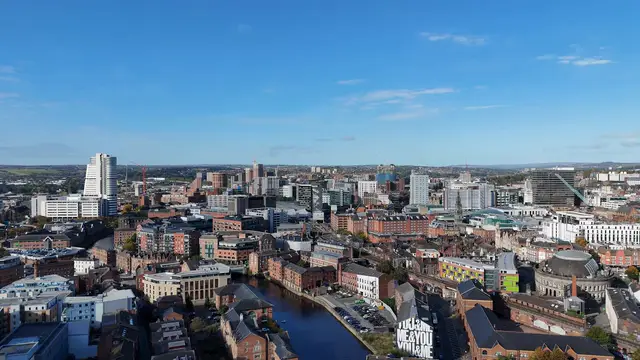
7. Conclusion
The Knoxville Metropolitan Statistical Area (MSA) is a dynamic hub, blending rich history with modern growth. From its impressive transportation network to its vibrant economy, Knoxville has much to offer. The area boasts a population of about 906,674, showcasing a steady upward trend that reflects its appeal to newcomers and long-term residents alike.
As we’ve explored, transportation is a key component of the area’s success. The extensive highway system, public transit options, and McGhee Tyson Airport provide crucial connections for both residents and businesses. With ongoing infrastructure improvements, Knoxville is poised for even greater growth.
Moreover, the area’s diverse economy thrives on sectors such as manufacturing, healthcare, and education. Major employers like the Tennessee Valley Authority and the University of Tennessee contribute to a resilient job market. As industries continue to expand, job seekers will find ample opportunities to build their careers here.
Looking ahead, Knoxville’s future appears bright. The combination of a growing population, improving infrastructure, and a strong economic foundation sets the stage for continued development. The area’s rich cultural offerings and recreational activities make it an attractive destination for visitors and residents alike.
So, whether you’re considering a move, a visit, or simply curious about this vibrant city, Knoxville welcomes you with open arms. Dive into the local culture, explore the breathtaking landscapes, and experience the warmth of the community. Knoxville is a place where growth meets charm, making it a unique gem in East Tennessee!
FAQs
What is the population of the Knoxville MSA?
As of 2023, the Knoxville MSA’s population is approximately 906,674. This number reflects a steady growth trend, making it an attractive place for newcomers.
What counties are included in the Knoxville MSA?
The Knoxville MSA comprises several counties, including Knox, Anderson, Blount, Campbell, Grainger, Loudon, Morgan, Roane, and Union. Each county contributes to the area’s diverse community.
What are the major industries in Knoxville?
Key sectors driving the Knoxville economy include manufacturing, healthcare, education, and retail. Major employers like the Tennessee Valley Authority and Pilot Flying J play vital roles in job creation.
How does the cost of living in Knoxville compare to other cities?
Knoxville offers a competitive cost of living. Compared to cities like Nashville and Chattanooga, Knoxville’s living expenses are generally lower, making it an appealing choice for many.
What educational opportunities are available in Knoxville?
The Knoxville area is home to several educational institutions, including the University of Tennessee, Pellissippi State Community College, and South College. These institutions offer a range of programs catering to diverse career paths.
Please let us know what you think about our content by leaving a comment down below!
Thank you for reading till here 🙂
All images from Pexels




